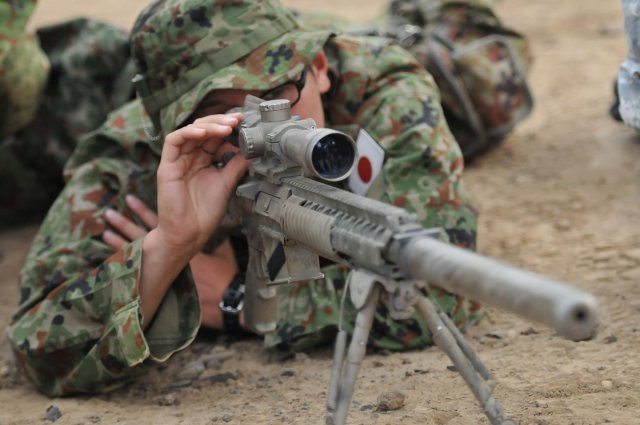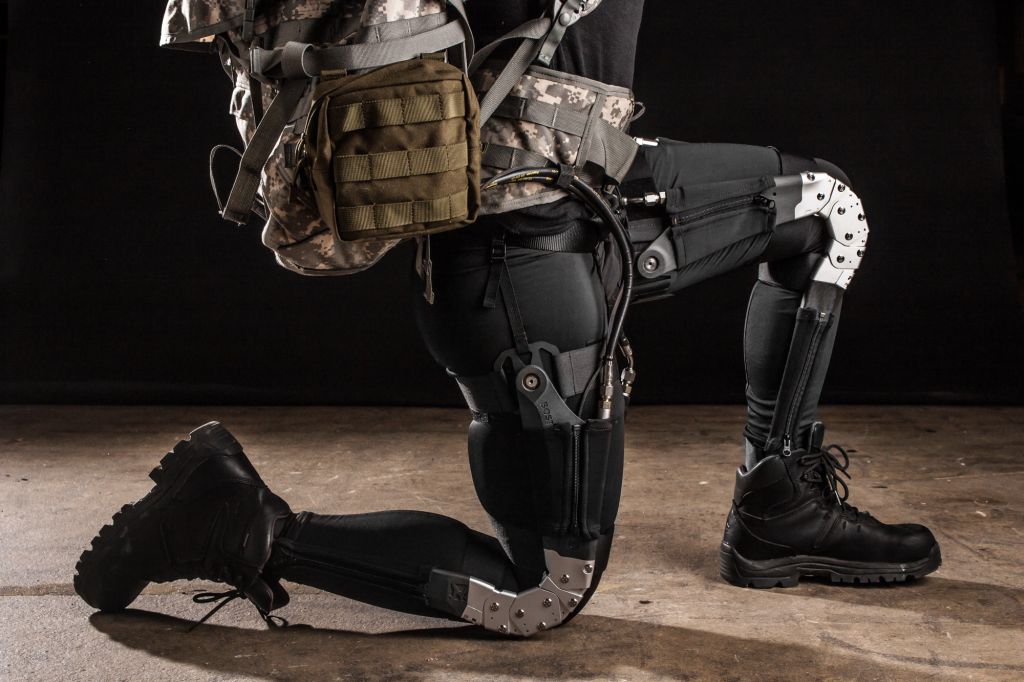American and Japanese snipers came together to exchange their knowledge and learn from each other to enhance their combat readiness Sept. 5, at the Yakima Training Center, Wash. They focused on target detection, reconnaissance techniques and cover and concealment.
The training was part of Operation Rising Thunder 13, a three-week exercise designed to develop all warfighting functions for both Japanese and U.S. forces. More than 800 Soldiers from I Corps and almost 500 members of the 16th Regimental Combat Team, Japanese Ground Self-Defense Force, known as the JGSDF, are scheduled to train together on full-spectrum operations through Sept. 24.
Snipers from the two nations spent the first day of training, Sept. 5, getting to know each other. They were mixed together and broken down into teams of three — a spotter, sniper and senior sniper. Since the teams consisted of Soldiers from both nations, they had the opportunity to work together to enhance their skills as they learn the different techniques they use to accomplish their job. The teams are scheduled to compete against each other after two weeks of training.
“Japanese snipers are great marksmen. For us our first job is reconnaissance, so we are focusing our training on that,” said Staff Sgt. Mitchell Shaw, battalion sniper section leader, 5th Battalion, 20th Infantry Regiment, 3rd Brigade, 2nd Infantry Division.
Although communications might seem difficult between members who speak different languages, the snipers are finding creative ways to overcome the obstacle — whether it’s using hand signals, drawing, or asking a translator for help.
“We want to train them as much as they want to be trained and vise-versa, we want to learn from them anything they can teach us,” said Shaw, a native of Reno, Nev.
Before the snipers began firing, they received a class on the dynamics of the sniper weapons system proper firing procedures, and then separated into teams. The teams then went onto the firing lane to begin their hands-on training.
“Our members want to learn from the combat experience of their American counterparts. They see in them a wealth of knowledge,” said Sgt. Maj. Matsuba Munetsugu, 16th RCT, JGSDF.
This is the 20th year of the exercise and the scale is much larger since the JGSDF brought additional resources.
“The result from this change is, it provides a better training opportunity and the relationship that it builds with Soldiers from both militaries is going to be really important as we move forward,” said Maj. Gen. Stephen Lanza, commander of the 7th Infantry Division, during the opening ceremony, Sept. 4.
According to Lanza, this year’s training will include all capabilities and weapons for a combined training exercise, and the training exercise will continue to build more opportunities to give Soldiers the best training possible.
“There is a professionalism that exists between our Soldiers, even though we are from different countries,” Lanza said. “While our cultures may be different, and our languages may be different the similarities between Soldiers are the same.
“As we work and train together we will sustain the bonds of trust that unites us professionally,” Lanza continued. “The United States military must be globally aligned and regionally focused in this exercise with the Japanese Defense Forces. We look forward to working together, training together and learning from you as we continue this great training opportunity.”











